With machines rumbling, the vast field of China's Xinjiang Uygur Autonomous Region, the country's major cotton-producing area, has just entered its cotton-sowing season this year.
With the help of satellite navigation and agricultural machinery, the sowing process has been much easier, as Ablikim Bakri, one of the busy farmers, has observed. "It would take my parents one month to sow the cotton on a land of 200 mu (about 13 hectares), but now it only takes me one day," he said.
Bakri now leases more than 60 hectares of land. All the operations on the vast land, from plowing and laying film to sowing, now rely on machines, so four people can complete the work, he said, adding that he still has spare time to take care of his cattle and sheep.
"My father used to work in the fields every day and didn't earn much in a year," he said. "Nowadays, I use high technology to farm, and earn more with much less work."
At present, 94 percent of the region's cotton planting and harvest have been done by machinery. In 2022, more than 2.47 million hectares of cotton were sown in the region, with an overall output of 5.39 million tonnes, accounting for more than 90 percent of China's total cotton output, according to local agricultural authorities.
Cotton production in Xinjiang has become a model for the rest of the world and provides a learning point for other countries, especially developing countries in regions like Africa, said Cavince Adhere, a Kenya-based international relations scholar.
Xinjiang, the largest cotton-growing region in China, now tops the wish list of places for foreigners visiting China, and many people visiting the region have been greatly inspired by the cotton production activities there, said the expert.
For Clare Daly, an Irish member of the European Parliament, Xinjiang has been her desired destination after a visit to four cities in China, including Beijing and Chongqing. In an interview with Xinhua, she said that she gained a lot from her visit to China and she wants to come back to see more places in the country later this year.
Ronnie Lins, director of the China-Brazil Center for Research and Business, was impressed by the economic achievements of Xinjiang as the GDP per capita there has increased from 240 yuan to over 50,000 yuan from 1955 to 2020, growing about 30 times at constant prices.
"The growth had an immense impact on improving social conditions in the region," he said, adding that Xinjiang is enjoying great prospects thanks to the unprecedented opportunities brought by the Belt and Road Initiative and the effective measures of the Chinese government.
"As an enthusiastic researcher of the Belt and Road Initiative, I hope to someday visit Xinjiang, which despite its thousands of years of existence, continues to be an important place for development and cultural sharing," he said.
In the South Korean capital Seoul, Woo Su-keun, director at the Institute of East Asian Studies of South Korea, watched with great interest a video of the sowing process of Xinjiang cotton. "The faces of the Xinjiang cotton farmers, like the locals I met in Xinjiang, gave me a feeling of being back in the area," he said.
During his two visits to Xinjiang, Woo visited local markets and restaurants and talked to local people he bumped into. Among the many things that impressed him are the sincere and bright smiles of the local people.
"At that time, I felt that Xinjiang was no different from other parts of China, and local people were living in peace and stability," he said. "I don't understand why it is under attack by negative Western media reports."
The high degree of mechanization in the spring planting of Xinjiang cotton deeply impressed Woo. "Thanks to the popularization and development of technology, the farming process has become more modernized, and the locals' lives have become more affluent," he said.
"I hope to have the opportunity to go to Xinjiang again, and to raise a toast with local friends," he added.










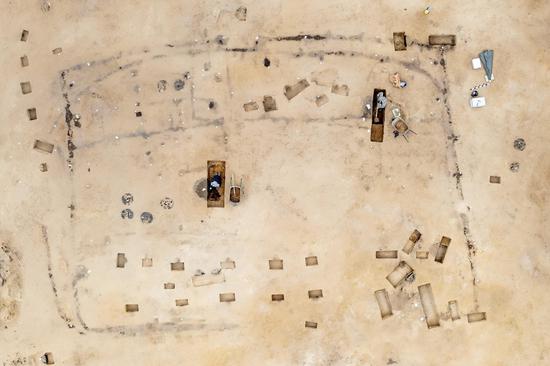

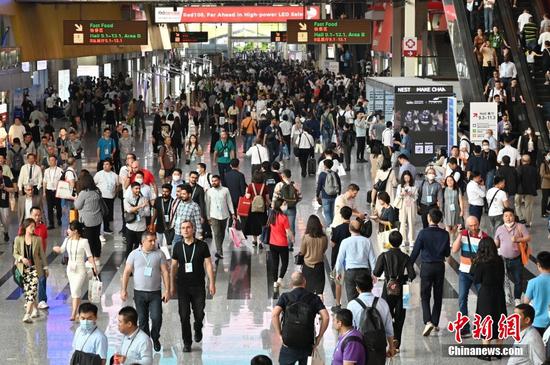
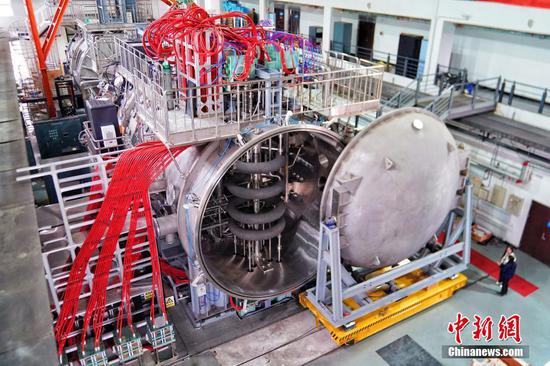




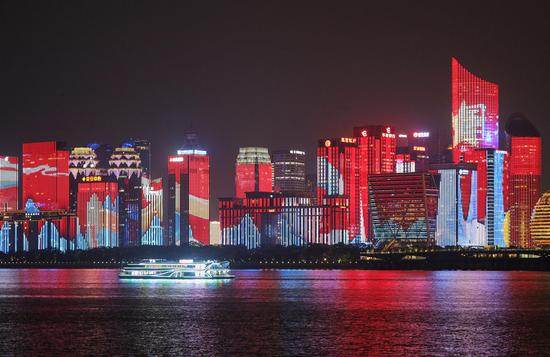
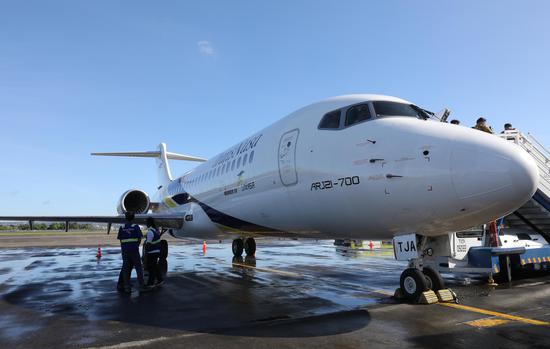

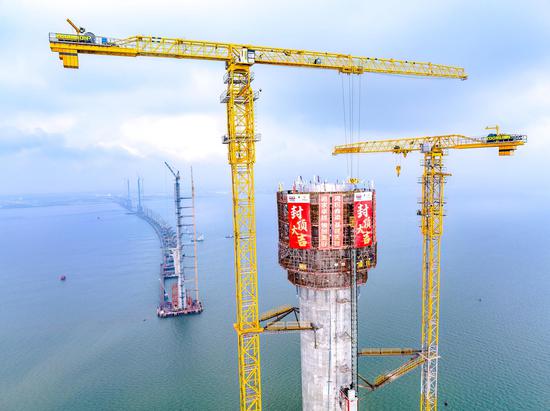


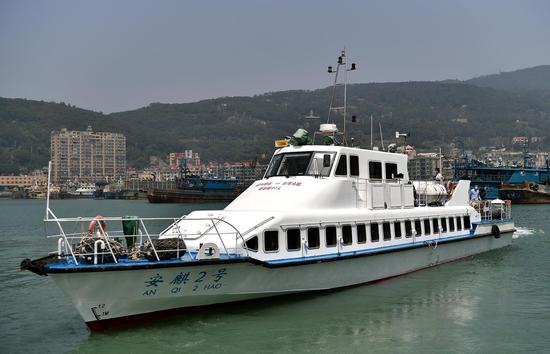


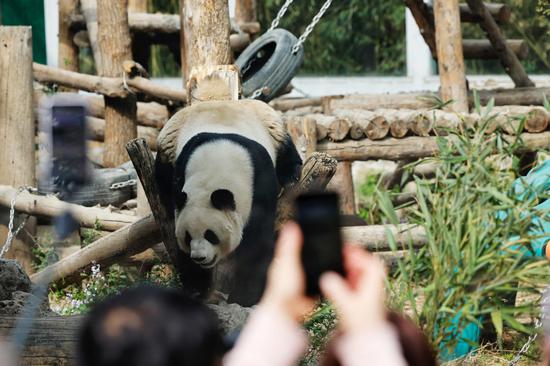
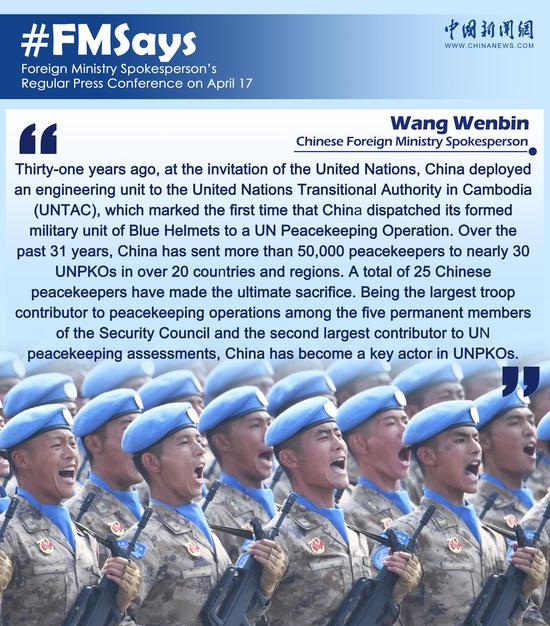



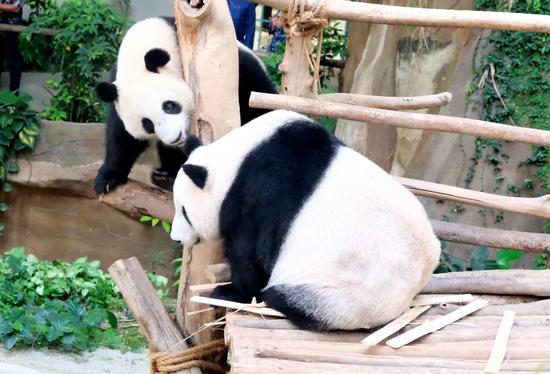
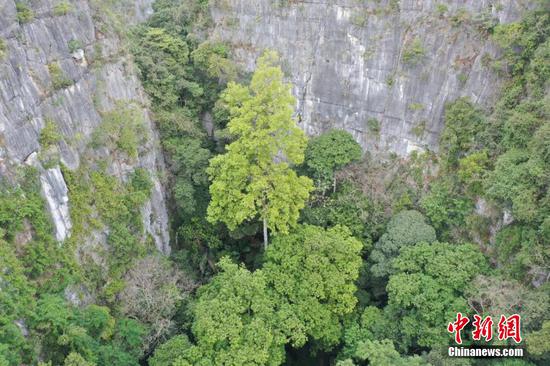
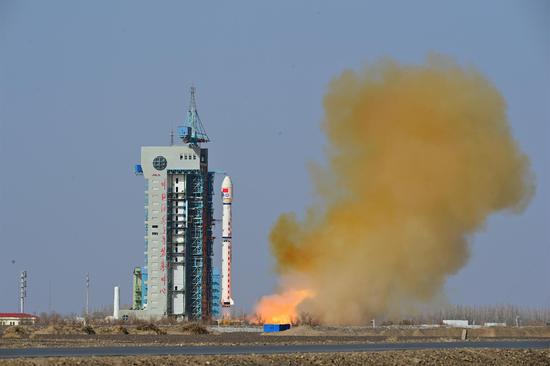
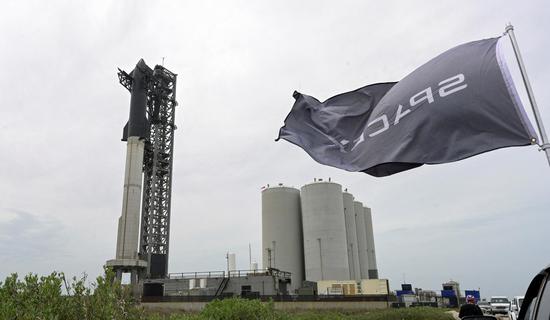


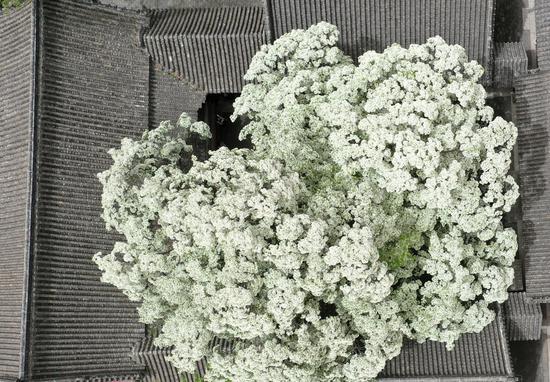

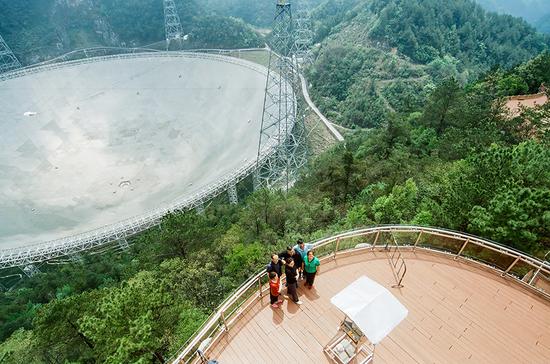


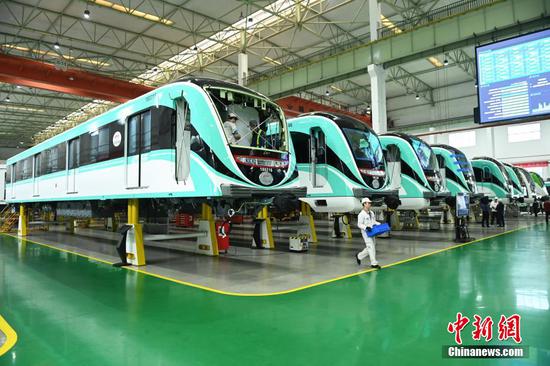




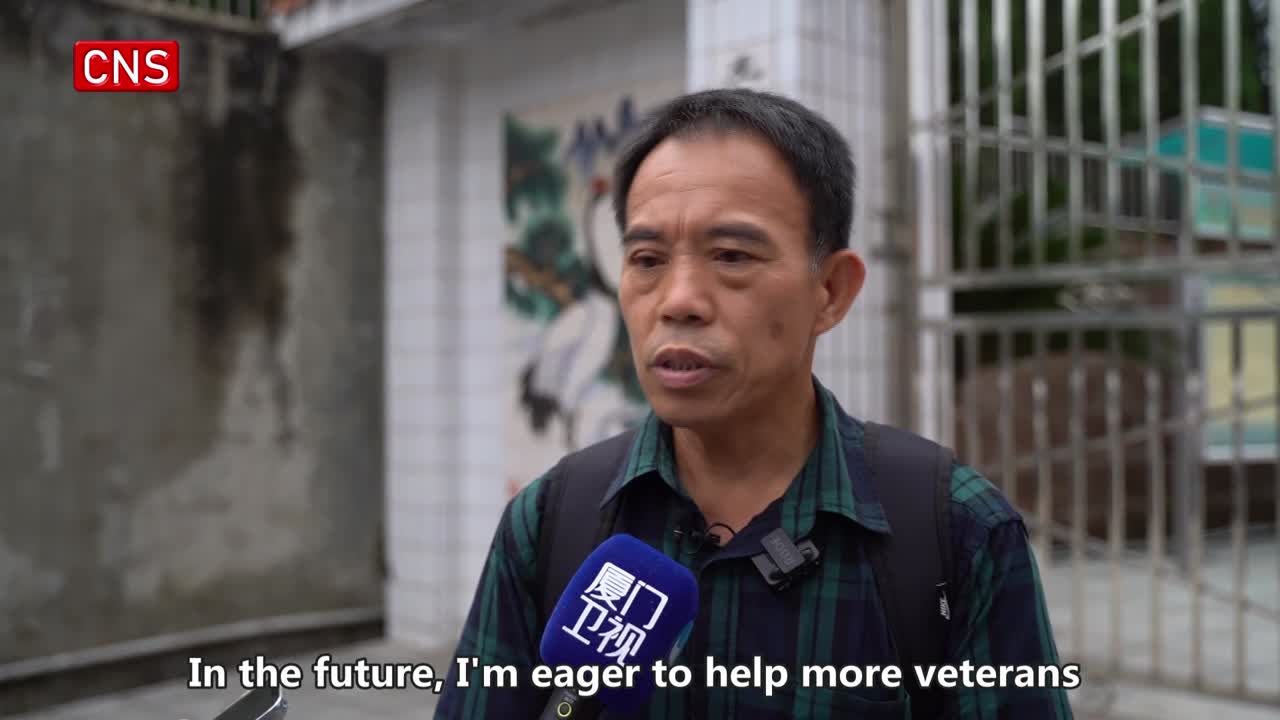

 京公网安备 11010202009201号
京公网安备 11010202009201号